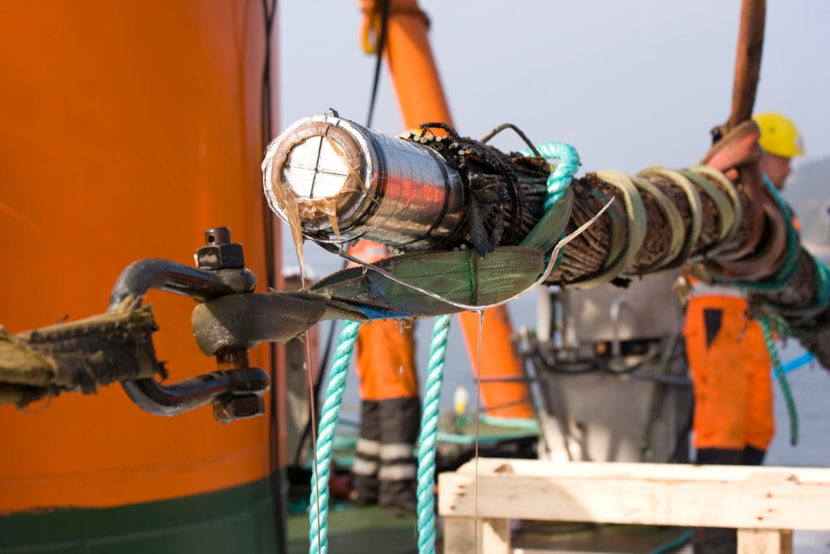The challenge
In theory, new and existing cables can be better utilised than they are today, especially in terms of transmission capacity, but also in connection with load patterns and maintenance. For MIND HVDC cables, it will be advantageous to increase the transmission capacity from 840 MW to 1.1 GW, unless this significantly increases the risk of cable failure.
The goal
One of the main objectives of the project is to define operational limits for cables that are currently in operation, and to establish load patterns for short-term overloads, ramping speeds, and differences between winter and summer operations. Furthermore, the project will use a large proportion of the allocated resources to increase the transmission capacity of MIND HVDC cables in a reliable way, and analyse the properties of LCC and VSC, respectively. An evaluation of the consequences of maintenance work on cables in operation is also included in the MIND cables project.
The project
SINTEF is conducting studies and analyses, while Nexans will produce and test sample cables. Statnett, Svenska Kraftnät and Fingrid are providing information on operating patterns and experiences from current cable operation. In addition, the TSOs will define what usage needs they have for MIND HVDC cables in the years to come.
Project team members
- Nexans Norway
- Statnett
- SINTEF
- Svenska Kraftnät
- Fingrid
Funding
- The Research Council of Norway (RCN)
- Nexans Norway
- Statnett
- Svenska Kraftnät
- Fingrid

